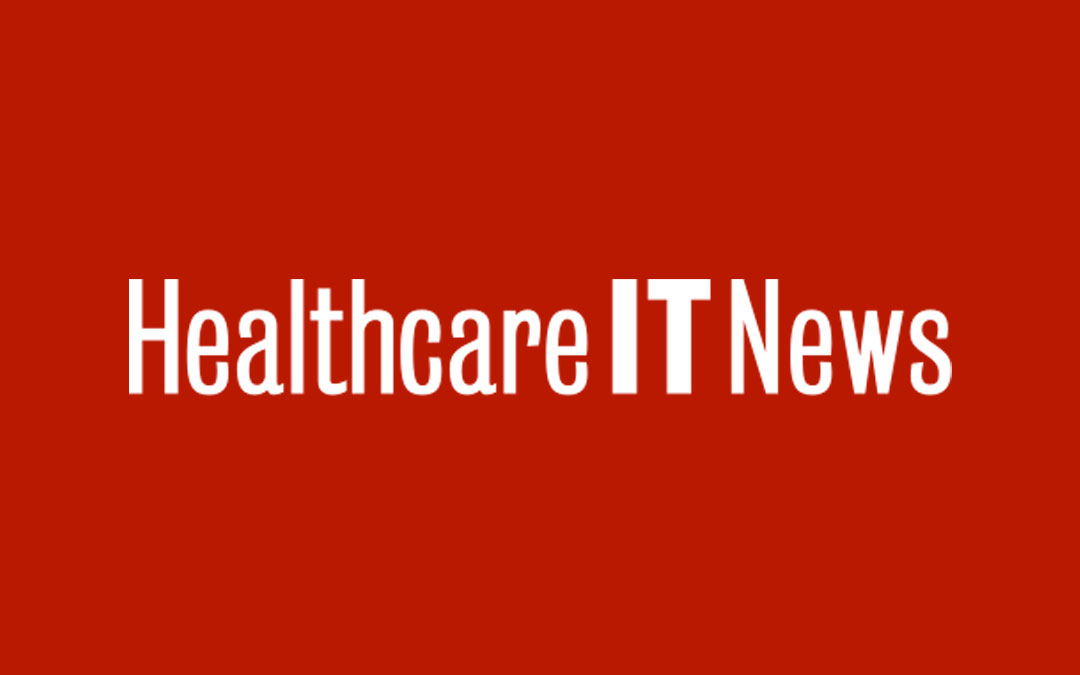Diabetes is increasing to near-epidemic proportions in the United States. The number of Americans with this diagnosis jumped 49 percent between the years 1990 and 2000. Approximately 17 million individuals have diabetes,of which fully one-third are undiagnosed and untreated. The overall prevalence rate for the disease is 7.3 percent, with 800,000 new cases diagnosed each year.
Diabetes is generally classified into two categories. Type I diabetes is an autoimmune disease in which the body attacks and eventually destroys insulin producing cells of the pancreas. Type I diabetics make up only about 5 percent of all diabetics. Type II diabetes is a metabolic disorder in which the body is unable to properly use insulin to control blood sugar levels. The main risk factor for developing Type II diabetes is obesity and the increase in diabetics has followed the increase in obesity.
The onset of Type II diabetes used to occur after the age of 30, but increasingly children and adolescents are being diagnosed with it.6 Other risk factors include lack of exercise, poor diet, smoking, hypertension and having first-degree relatives with the disease. A quarter (27 percent) of U.S. adults do not engage in any physical activity and another quarter (28 percent) are not regularly active.
Diabetes is also often a co-morbidity with other chronic diseases. Thirty-two percent of diabetic patients have coronary artery disease (Table 1) compared with only 16 percent of non-diabetics.9 In addition, 50 percent of diabetics have evidence of cardiovascular disease at the time of their diagnosis, and cardiovascular disease accounts for 48 percent of diabetics’ deaths.
Costs of Diabetes
Diabetes is second only to hypertension as the reason for which people visit a physician (32 percent of diabetics also are hypertensive – Table 1) –with more than 15 million diabetes-related visits annually to healthcare providers. In addition, a quarter (24 percent) of patients with diabetes report they
were hospitalized in the past year.
The total cost of diabetes has been estimated at $132 billion per year. Of that amount, $92 billion are direct medical costs and $40 billion are “indirect” costs. Indirect costs include $4.5 billion in lost workdays and $6.3 billion in restricted activity days. It has also been estimated that per capita medical expenditures for individuals with diabetes were $13,243 versus $2,650 for non-diabetics.
A study of a large employer population found that combined medical and lost productivity costs were more than $4,000 higher in workers with diabetes. Another study found that diabetics reported 8.3 days of poor physical health and 2.8 days of poor mental health in the past month, compared with 3.0 and 1.8 days, respectively, for non-dia-betics. Finally, a recent study has estimated that lost yearly earnings for diabetics range from $3,700 to $8,700.
Clinical Indicators of Diabetes Management
The American Diabetes Association recommends that diabetic patients should have a variety of tests done on an annual or biennial basis, including eye and foot exams, A1C and microalbuminuria testing, and a lipid (cholesterol) profile. In addition, they recommend that diabetics achieve an A1C score of less than 7.0 percent, a blood pressure of less than 130/80 and LDL levels less than 100 mg/dl. Meeting these and other goals, such as weight control and proper diet, can reduce costly complications associated with diabetes, especially in the long run.
Many diabetic patients, unfortunately, are not achieving these goals. A very recent national study by the Rand Corporation found that for 13 quality indicators for diabetes, the
average rate of adherence was only 45.4 percent. This leaves significant opportunities for improvement. It is known, for example, that glycemic (A1C) control improves an individual’s quality of life, reduces absenteeism and increases productive capacity.

Disease Management of Diabetes Becoming More Widespread
There is a growing body of evidence that disease management (DM) improves patient health and reduces healthcare costs. This has led to strong growth in DM programs as part of a total healthcare package. A survey completed in 1998 found that nearly 80 percent of HMOs had a diabetes DM program in place. In addition, diabetes is one of the top five DM program initiatives of pharmacy benefit management companies (PBMs).
The Center for Medicare and Medicaid Services (CMS) recently awarded numerous demonstration project grants for DM for a variety of conditions, one of which was diabetes. CorSolutions will be providing diabetes disease management (in addition to coronary artery disease and heart failure) to the Medicare fee-for-service population in the State of Louisiana as part of a CMS demonstration project.
Summary
Diabetes is a highly prevalent and costly chronic condition that can significantly impact employer costs through higher insurance premiums, lost workdays and reduced employee productivity. A diabetes disease management program can improve patient health, quality of life and productivity. In the short run, costs may increase as patients are put on
appropriate medications, and have recommended exams and tests done. Conversely, over time, savings can be substantial as high-cost events (e.g., amputations) are averted and lost
productivity reduced.
Addition of a weight management program can help diabetic patients better manage their disease and also help prevent the onset of Type II diabetes. CorSolutions’ weight management program follows the clinical guidelines issued by the National Institutes of Health, and the National Heart, Lung and Blood Institute.33 One of the goals is to reduce the risk of obesity-related conditions, such as diabetes and coronary artery disease, thereby reducing healthcare utilization and costs as well as improving productivity. Depending on the risk profile of your employee population, a disease management program can significantly reduce total costs associated with diabetes and obesity.
Patrick Cua, BS, is Executive Vice President of Sales for CorSolutions. Cua is an advisory board member for the IHPM, a member of the American College of Healthcare Executives and the Dallas/Fort Worth Business Group on Health.
Allen B. King, MD, FACP, FACE, CDE is Assistant Clinical Professor of Medicine at the University of California San Francisco at Natividad Medical Center and Medical Director of the Diabetes Care Center in Salinas, California. Medical journals such as Preventive Medicine, Diabetes Care and Aerospace Medicine have published King’s articles. Dr. King also serves as a national advisor to AstraZeneca, Eli Lilly and Takeda Pharmaceutical and is a national speaker in the field of diabetes care.
Darryl L. Landis, MD, MBA, CPE, FAAFP is Sr. V P of Health Intelligence and Chief Medical Officer at CorSolutions. Recently V P of Business Development and Medical Director, Health Intelligence Services, Ingenix, a division of UnitedHealth Group, Landis is also a family practitioner with a rich history in business development and health intelligence services, the Founder of Preston Health Partners, PHO; a member of the Board of Trustees of the WV Medical Institute; and Founder and Chairman of Nazareth Project, Inc.
David R. Walker, PhD, is Dir. of Health Services Research at CorSolutions. He has presented nationally over the past year for Disease Management Association of America, American Public Health Association, Chest, 4th Scientific Forum on Quality of Care and Outcomes Research in CVD and Stroke, and American College of Allergy, Asthma & Immunology. Walker has articles published in Disease Management, Disease Management and Health Outcomes, and Managed Care Interface. His areas of expertise include outcomes analysis, econometric modeling, and benefit-cost analysis.
CorSolutions, Inc., is the nation’s leading complete health intelligence and solutions company that measurably improves lives. An industry pioneer, CorSolutions has the longest tenure of delivering proven healthcare outcomes to employers, health plans and government agencies. For more information, visit www.corsolutions.com.
Source: http://74.125.155.132/scholar?q=cache:KuqQgE2MH2EJ:scholar.google.com/&hl=en&as_sdt=2000




